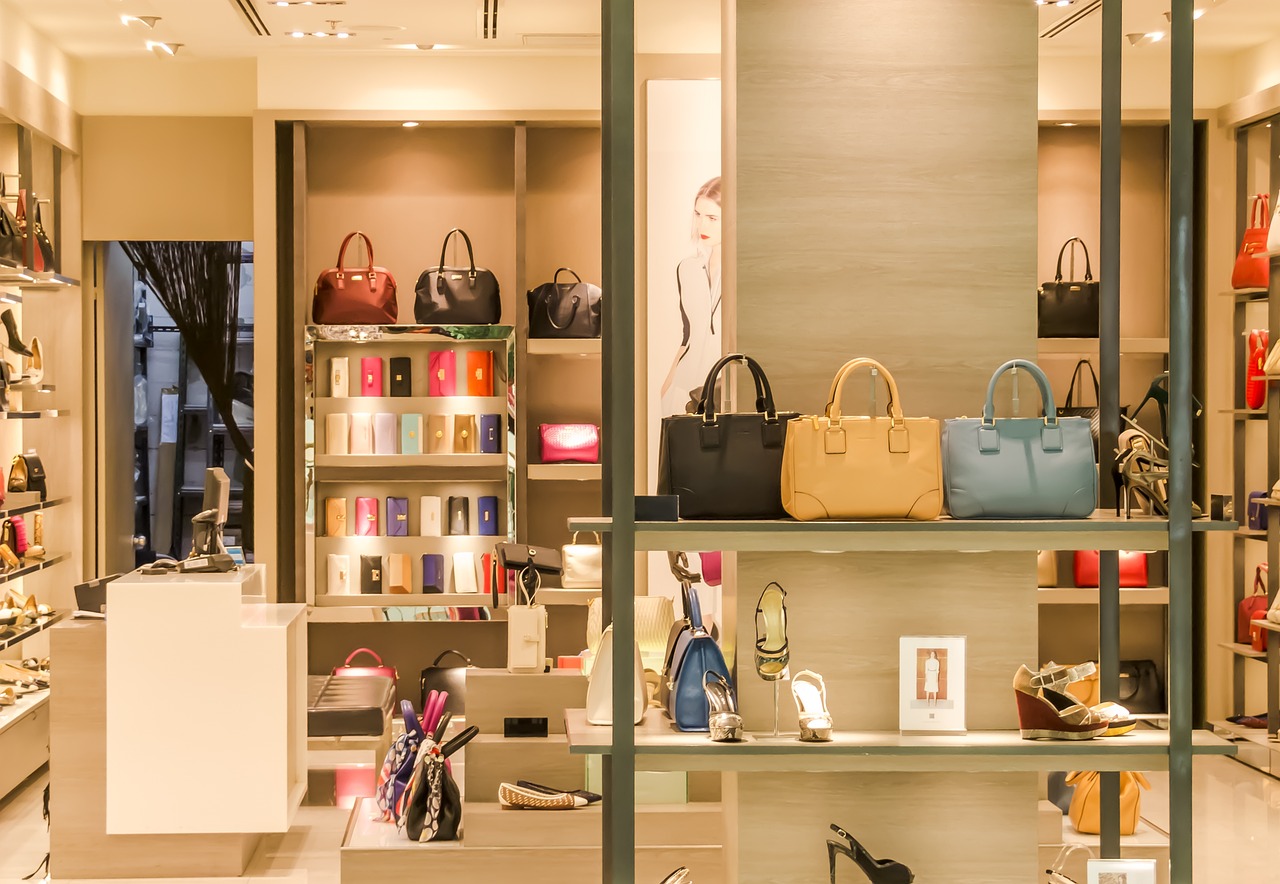Lighting Design Considerations for Retail Spaces: Creating an Inviting Shopping Experience

Have you ever walked into a store and felt instantly drawn to its ambiance, almost like it was inviting you to explore and shop? That magical feeling is often the result of well-thought-out lighting design. In retail spaces, lighting plays a crucial role in creating an inviting shopping experience, highlighting products, and guiding customers through the store. Here’s how you can use lighting from trusted commercial lighting manufacturers to transform your retail space into a shopper’s paradise.
Understanding the Basics: Types of Lighting
To design effective retail lighting, it’s important to understand the different types of lighting and their purposes:
- Ambient Lighting: This is the general illumination that fills the store. It sets the overall mood and ensures that customers can see and navigate the space comfortably. Think of it as the foundation of your lighting plan.
- Task Lighting: Focused lighting is used in specific areas where tasks are performed, such as checkout counters, fitting rooms, or service desks. It ensures that both customers and staff can perform tasks efficiently.
- Accent Lighting: Used to highlight specific products, displays, or architectural features. It draws attention and creates visual interest, guiding customers’ eyes to particular areas.
- Decorative Lighting: Fixtures that add aesthetic value and contribute to the store’s ambiance. These can be statement pieces that reflect the brand’s identity and style.
Creating the Right Atmosphere
The color temperature of your lighting largely influences the atmosphere of your store. Here’s how to choose the right one:
- Warm Lighting (2000K-3000K): This creates a cozy and inviting atmosphere, making it ideal for stores that want to evoke a sense of comfort and relaxation, such as clothing boutiques or bookstores.
- Neutral Lighting (3000K-4000K): This type of lighting offers a balance between warm and cool tones, providing a natural look that’s perfect for general retail spaces.
- Cool Lighting (4000K-5000K): Produces a bright and energetic ambiance, suitable for high-energy environments like tech stores or modern showrooms.
Highlighting Products Effectively
Accent lighting is key to showcasing your products in the best possible light (pun intended). Here’s how to use it effectively:
- Spotlights and Track Lighting: Use these to focus light on featured products or displays. Adjustable spotlights allow you to change the focus as new products arrive or displays change.
- Shelf Lighting: LED strips or under-shelf lighting can highlight products on shelves, making them more appealing and easier to see.
- Window Displays: Use bright, eye-catching lighting to draw attention to your window displays and entice passersby to enter the store.
Enhancing the Customer Journey
Good lighting design helps guide customers through your store, creating a seamless shopping experience:
- Pathway Lighting: Use lighting to highlight pathways and guide customers through different sections of the store. This can be achieved with recessed floor lights or strategically placed spotlights.
- Zoning: Different areas of your store may require different lighting setups. For example, you might use brighter lighting in the entrance and window displays to attract customers and softer, more relaxing lighting in fitting rooms to create a comfortable environment.
- Signage Illumination: Ensure that important signs, such as exit signs, promotional displays, and information desks, are well-lit and easily visible.
Considering Energy Efficiency and Sustainability
Incorporating energy-efficient lighting solutions is not only good for the environment but also beneficial for your budget:
- LED Lighting: LED bulbs are more energy-efficient and have a longer lifespan than traditional incandescent bulbs. They also produce less heat, reducing the need for cooling.
- Smart Lighting Systems: Invest in smart lighting systems that allow you to control and automate your lighting. These systems can adjust lighting based on natural daylight levels, occupancy, or time of day, ensuring optimal energy use.
- Sustainable Practices: Consider using lighting fixtures made from sustainable materials or those with energy certifications. This can also appeal to environmentally conscious customers.
In Conclusion
Creating an inviting shopping experience through thoughtful lighting design can significantly impact your retail business. By understanding the different types of lighting, choosing the right color temperatures, highlighting products effectively, enhancing the customer journey, and prioritizing energy efficiency, you can transform your retail space into an attractive, comfortable, and engaging environment.




Leave a Comment